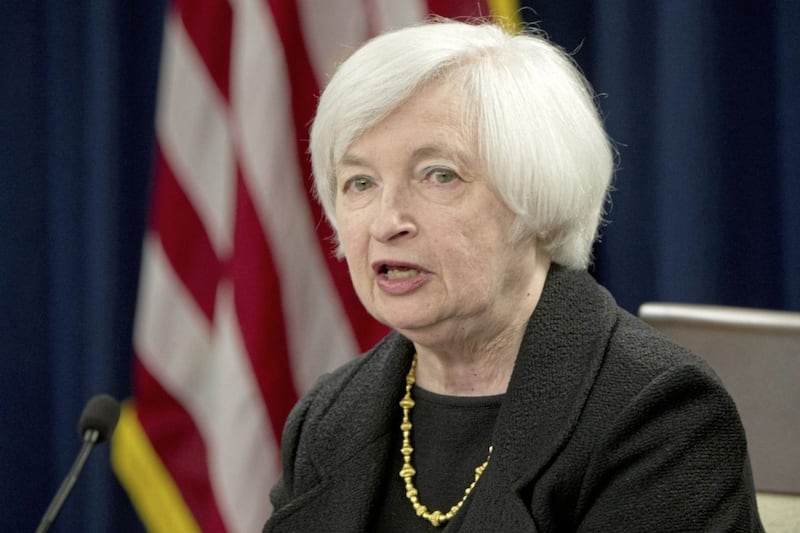THE formal Brexit negotiations kicked off last Monday, a year after the referendum vote. And while the EU has set out a clear position on the talks, the UK’s stance remains quite muddled, with conflicting signals on the approach being adopted.
It seems clear that the UK is still set to leave the EU in March 2019, but the line adopted by Prime Minister Theresa May that “no deal is better than a bad deal” seems to have been discarded having been seen to be judged by the electorate as nonsensical.
The UK wants to leave the Single Market and Customs Union but continue to enjoy free trade with the EU post Brexit. Chancellor Philip Hammond tried to square this circle in his Mansion House speech by saying that while the UK would leave the Customs Union, it would remain an “associate” member with the current customs border arrangements remaining in place until an EU-UK free-trade deal is up and running.
He acknowledged this meant that while the UK could hold negotiations with third countries on free trade deals, it would not be able to enter any new deals during the transition period after it leaves the EU.
The discussions about the transition phase between when the UK leaves the EU and concludes a new trade deal with it, are likely to prove the crucial part of the Brexit negotiations.
As the Chancellor hinted, the UK will have to abide by EU rules in this transition phase if it wants to maintain free access to the Single Market and avoid a hard Brexit. It is unclear if this is now the view of the British Government.
It will be a bitter pill for many Brexit supporters to swallow, but their hand has been weakened by the outcome of the UK general election.
In terms of the week ahead, most of the main releases come from the eurozone. This includes the flash estimate of June HICP inflation, which is forecast to edge lower again to 1.2 per cent - far below the ECB target of “close to, but below, 2 per cent”.
The softening price pressures largely reflect a weaker boost from energy (due to lower oil prices and unwinding base effects). The ECB has continuously emphasised in recent times that weak ‘core’ inflation means that a highly accommodative policy stance remains necessary. Core inflation (excluding food & energy) is expected to have edged down to just 1 per cent in June.
The EC economic sentiment index looks set to edge higher, from an already solid level. Encouraging results are also expected from the German Ifo and Italian ISTAT indices. Along with last week’s PMI data, the surveys suggest that the eurozone economy continued to grow strongly in the second quarter and GDP could well exceed the 0.6 per cent quarterly rise recorded in January-March.
There is a consumer theme in the US. Personal consumption is expected to have shown a further improvement in May, pointing to a healthy rebound in the sector following the weak performance in the first quarter. The Conference Board measure of consumer confidence is anticipated to remain at a strong level. Meanwhile, despite the Fed’s efforts to play down the recent slowing trend in US inflation, May data will still garner attention (it is forecast to slow further to 1.4 per cent).
Closer to home, there is a sparse calendar in the UK. CBI trades data, Nationwide house prices (both June) and BoE mortgage approvals (May) are the main releases but these are unlikely to provide any fresh impetus to the financial markets.







